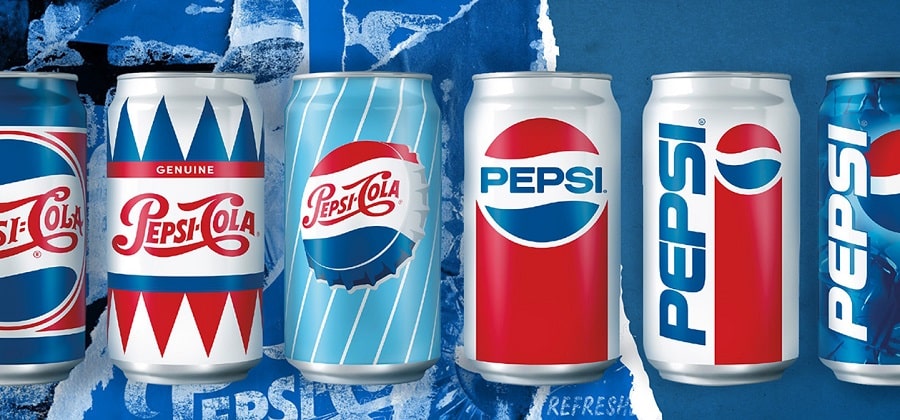
Rebranding – what is it
Rebranding is a series of actions aimed at changing the essence and perception of the brand. These actions can refer to changes in the company itself, in the product it produces or even in the logo design. In any case, rebranding is a major change. They are made with the aim of taking the company to a new level of development and attracting new customers. All this is done in order to increase profits.
Objectives of rebranding
The main tasks of rebranding include:
- Improving the reputation of the brand.
- Strengthening its uniqueness.
- Changing customer attitudes towards the brand.
- Growth of the target audience.
All this is done in order to ultimately increase the company’s profits.

Stages of rebranding
As a rule, rebranding is done in several stages. The first is a marketing audit. During this, brand recognition and customer loyalty are assessed. A marketing audit identifies a company’s strengths and weaknesses, as well as its advantage over competitors. All this is done in order to understand what changes need to be made when rebranding. In some cases, it may be concluded that nothing needs to be done.
If rebranding is necessary, then it is time to move on to the next stage: brand repositioning. This involves changing a few key features of the brand and communicating these to your target audience. Repositioning may be in the form of a logo, website design or company style. Any changes that occur should be announced to employees and consumers. This can be done through advertising or online presentations. However, in some cases, rebranding is almost invisible to the general public. This was the case with VimpelCom in 2021, for example. The rebranding included “Beeline” with a small letter and a new slogan. All this did not change anything for ordinary users, but it made the brand closer to ordinary people.
Besides, there are enough examples in history when rebranding is done just to update the logo. Many well-known companies do so with a certain periodicity. For example, Coca-Cola and Pepsi consistently refresh the logo every 10 years. Sberbank did the same recently. The company removed the word ‘bank’ from its name” and announced that it is now an entire ecosystem for a multitude of services. Of course, all this was not just to make the brand look more appealing in the eyes of customers. The ultimate goal of any rebranding is to increase profits. Therefore, more often than not, the action is in fact “dust in the eyes”. It is only rarely that a rebranding changes a company for the better, not just in word of mouth, but in deed as well.
